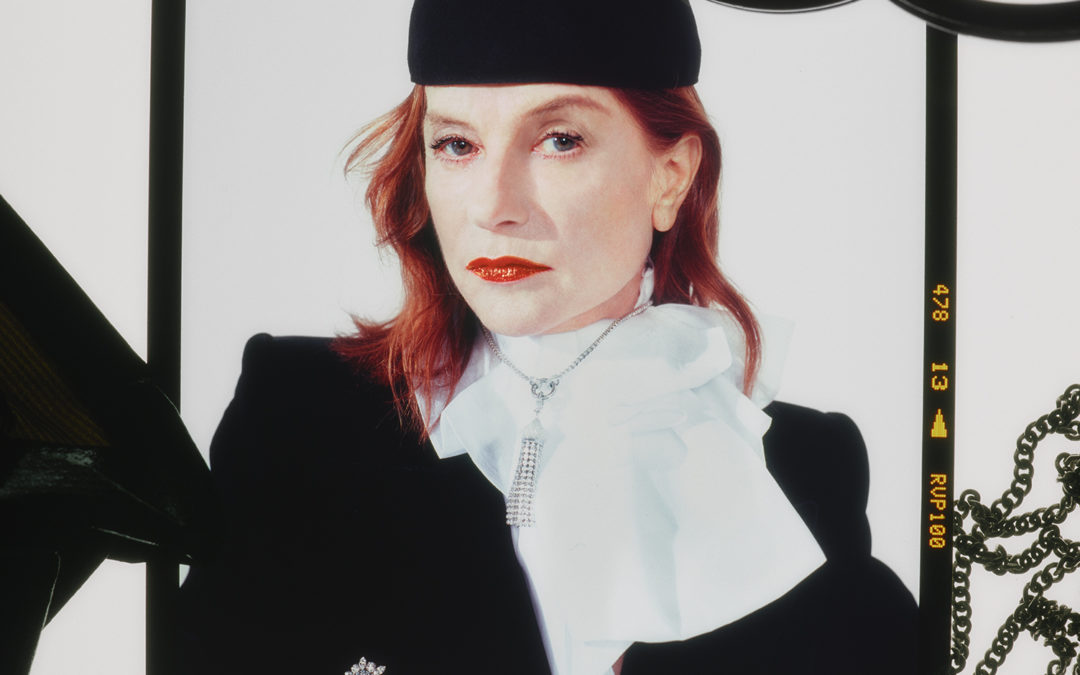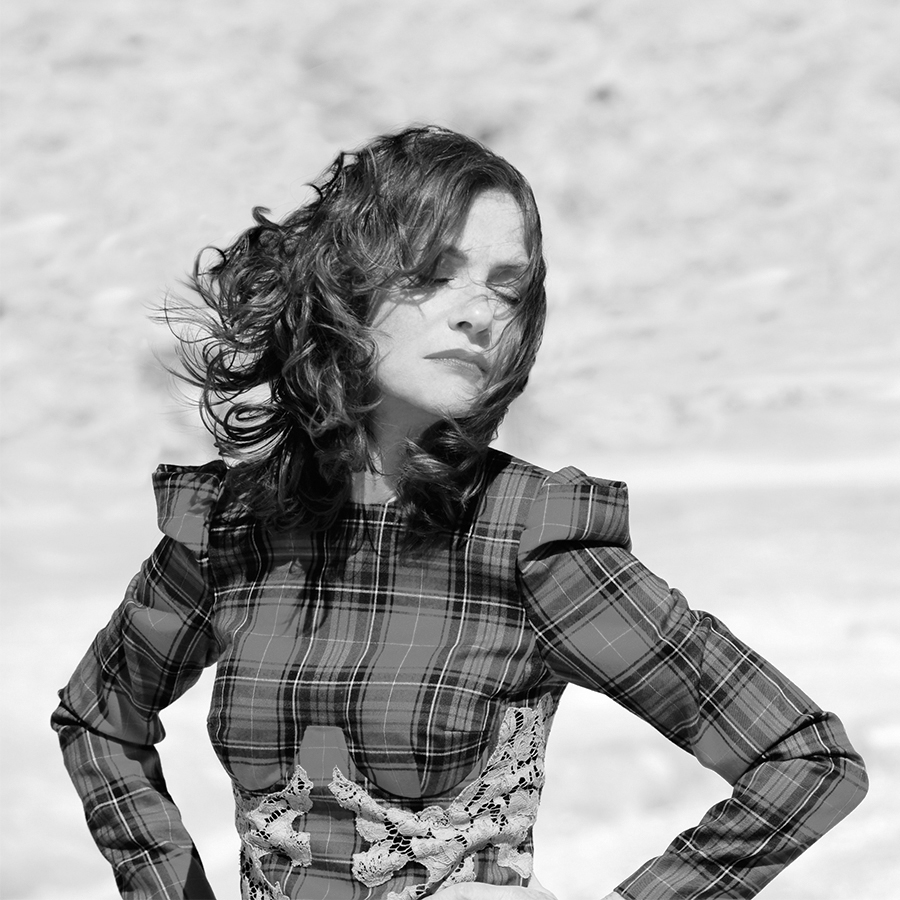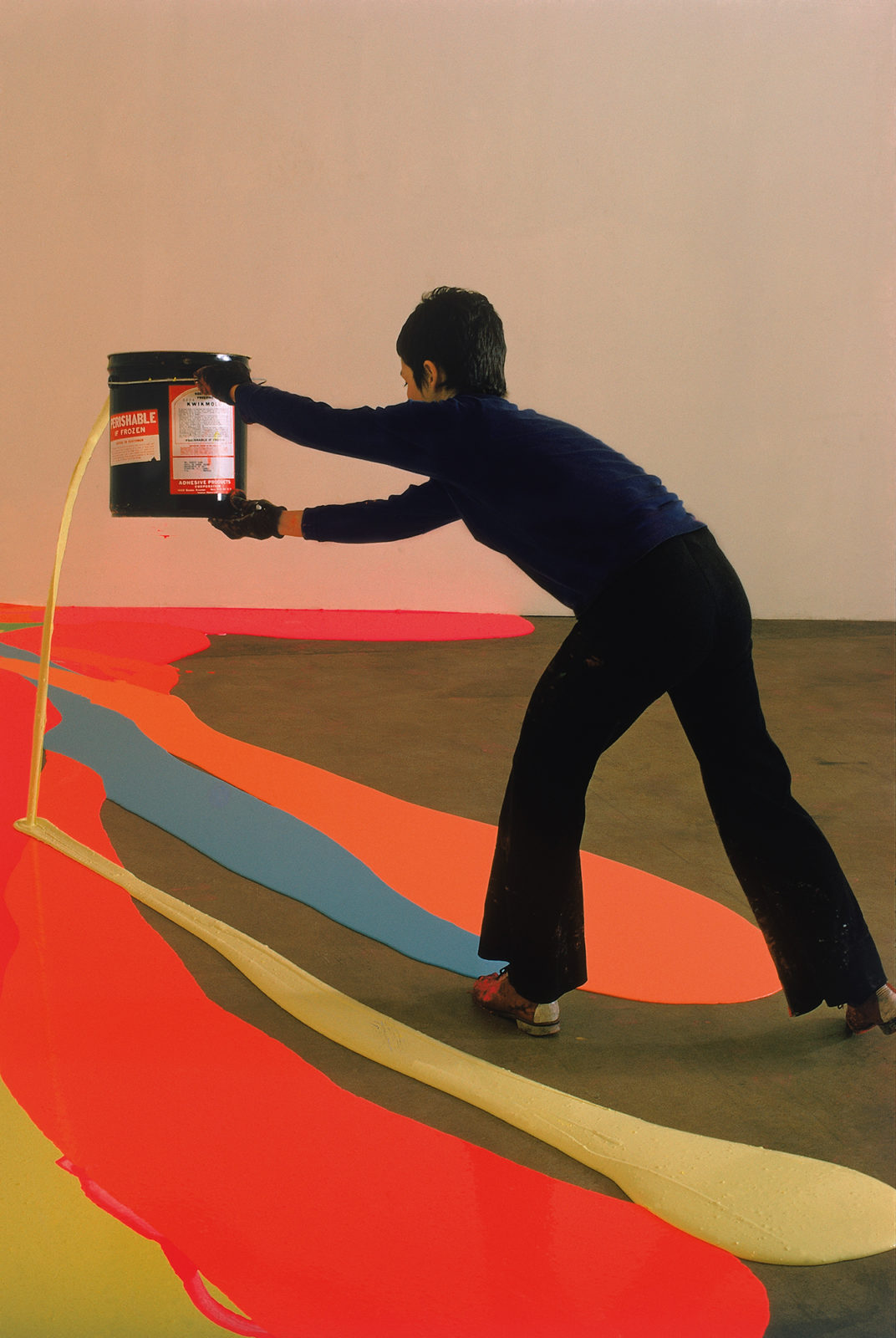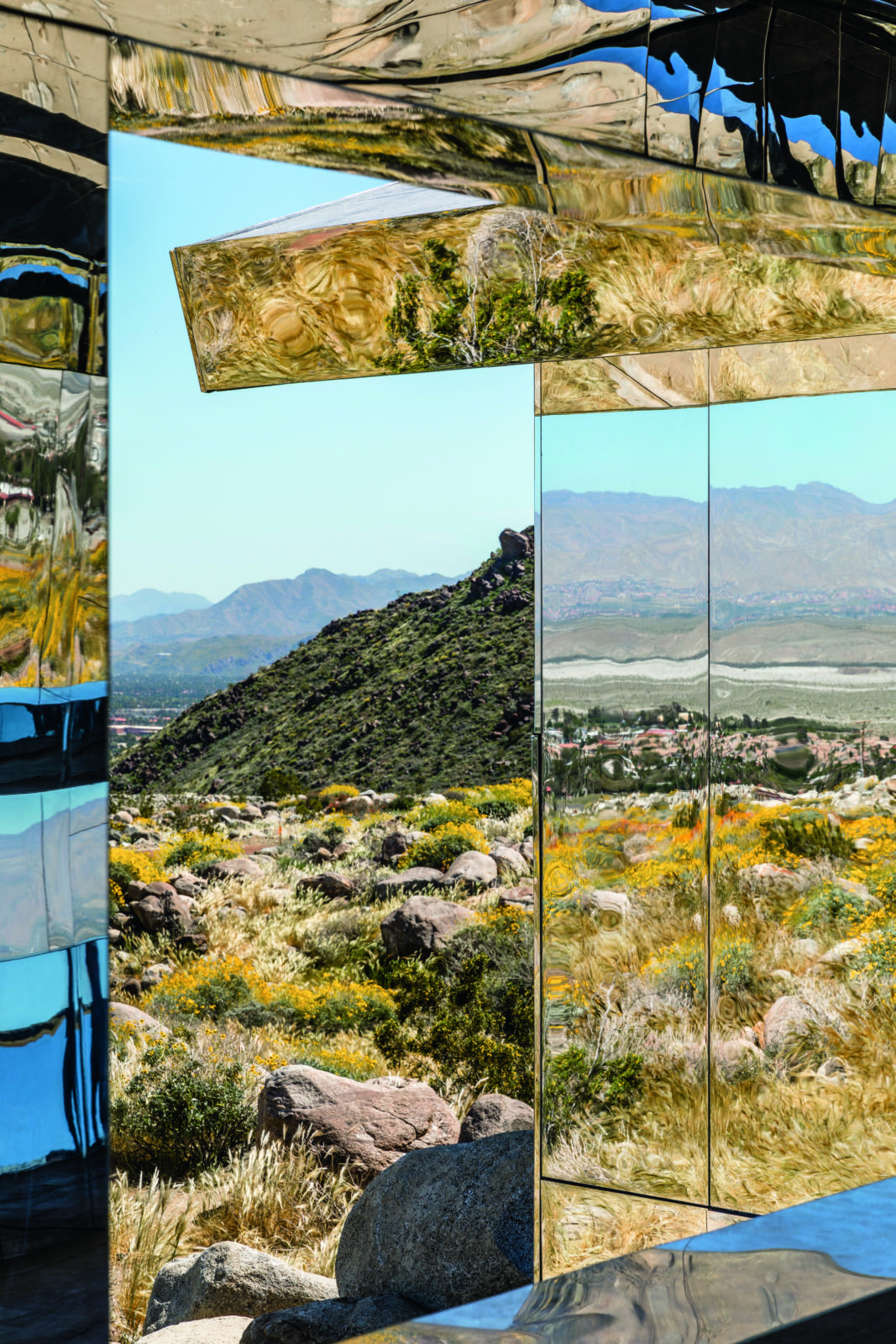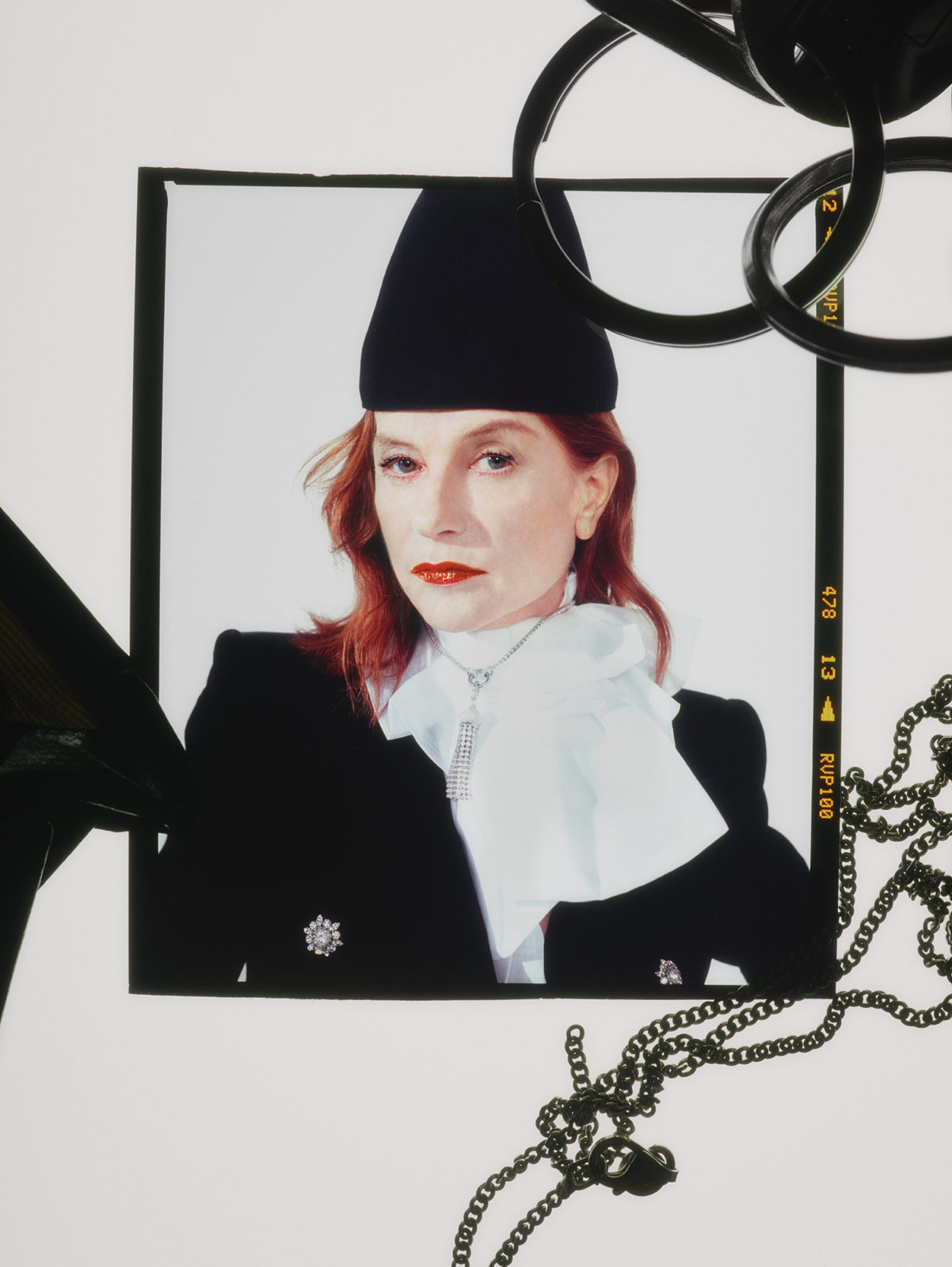
Alexandre Vauthier Couture - black velvet jacket with crystal buttons, white organza top, crystal brooch, black cone hat, Boucheron - necklace pompon Kokochnik from the Hiver Imperial High Jewelry collection, paved with diamonds, in white gold
A MEETING BETWEEN ISABELLE HUPPERT & ARMELLE LETURCQ
By Armelle Leturcq
How was the Golden Globes ceremony when you won the award for Elle by Paul Verhoeven?
It was an incredible night, we won two Golden Globes: Best Foreign Film and Best Actress. It was totally unexpected. The film was far from guaranteed to get all the American votes, but in the end, it got them all, or almost! It had every handicap considering its controversial topic. We weren’t expecting it at all!
Do you think the Golden Globes led to new projects?
I shot two films in the United States afterwards. I acted in an American series with Matthew Weiner who is the creator and writer of Mad Men. Now he produces and directs his own series, The Romanoffs. I played in one episode.
Are you interested in series as a medium?
I had already acted in Law and Order, a procedural, and I really enjoyed it. The Romanoffs takes place over eight episodes, and I appear in one of them. All the American actresses are doing series now. Just look at the success of Big Little Lies. It’s a great show. It was beautifully shot by Jean-Marc Vallée who directed the series. But it’s no replacement for cinema. Though there are many virtues provided by the length and format. It allows you to develop stories in another way.
Does it seem like everything is changing with platforms like Netflix, especially the way we watch films and series?
Of course, but thank God there are still movie theaters that play films. We need films. We’re still a long way off from movie theaters playing series on the big screen. There are two schools now: you can be a pessimist like Benoit Jacquot and predict the death of cinema or a more or less definitive loss of inspiration. Godard was already saying these things when I filmed with him. On the other hand, you can choose to be an optimist like me and still believe in cinema!
The rise of new formats does not necessarily mean the end of cinema.
I hope not. But quantity does not mean quality.
Netflix is producing feature films for its network that have even made it to Cannes.
Thus the recent debate on that topic. I think Scorsese negotiated for his film to stay in theaters for at least a month before going to Netflix.
Would you take a part in a series if it were on the table?
Yes, of course, if it was an interesting series. The times have changed. If you would have asked me that question five or six years ago, I probably wouldn’t have been so enthusiastic.
It seems like you never take a break from filming…
That’s not true, I took a break for three weeks! (laughs) But seriously, the coincidence that three of my films are coming out at the same time – Eva, Claire’s Camera on March 7, and Mrs. Hyde on March 28 – might give you that impression. I film a lot but not all the time!
How did Claire’s Camera come about?
It’s my second time working with Hong Sang-soo. He called me a few weeks before the shoot and told me he was coming to Cannes. He asked me if I wanted to film with him again, and I said yes of course. It happened in a similar way as In Another Country. He does things unlike anyone else, he chooses his setting first and then imagines a story based on that. For In Another Country, he had found a seaside guest house. He told me I was going to play three characters: a documentary filmmaker, a wife living a double life and who secretly meets with her lover at this seaside resort, and a third that he hadn’t created yet. He asked me to come up with costume ideas based on information he gave me. A month later I arrived in Seoul where he picked me up from the airport with the lead actor who plays the lighthouse keeper in the film. It was akin to Philippe Garrel and Gérard Depardieu driving to the airport to pick up a famous actress from another country. Filming lasted nine days. Claire’s Camera was shot during the Cannes festival, in the same year I presented Verhoeven’s film. I had just finished acting in Les Fausses Confidences. And the next morning I was leaving for Cannes. I barely had time to unpack my bags, he looked at all my clothes: the little yellow sweater, the blue Chanel bag, the hat. I looked like Inspector Gadget with my yellow Fendi trench, my sunglasses, and my hat. We shot for six days. There was no script, he writes as he goes along.
It takes genius to produce films so rapidly. It’s very reminiscent of Eric Rohmer. I assume the title is a reference to Claire’s Knee?
No, I don’t think so, but why not, we would have to ask him. He defies all the laws in place. He goes right to the essential and doesn’t waste any time or money. What’s amazing about his work is how little time he spends making a movie, which is inversely proportionate to the massive amount of time management within this very short period. When you think about making a film in such little time, right away you start to think about improvisation and speed, but it’s the exact opposite with him. He doesn’t have a lot of time, but he takes his time. We do a lot of shots, but it’s absolutely not improvised. Sometimes it’s hard because he plans very long scenes in the morning and you have to learn them very quickly. It’s very liberating. There are no time or budget constraints. There are a lot of people like Hong Sang-soo or Philippe Garrel who want to keep this kind of freedom. Films in the United States, as independent as they may be, can still have a lot of constraints.
Even Amateur by Hal Hartley?
A little. I got that feeling.
Americans like to work with big teams, even in photo shoots.
It’s the same way in the East. When I shot a film in Russia, there were so many people on set. It’s essential to have access to the director. It’s truly a unique experience to work with Hong Sang-soo, there is no one like him. He is similar to Godard in the way he works.
How many films did you do with Godard?
Two. Every Man for Himself and Passion. When Godard is gone, we’ll all be orphans!
You have three films coming out in March. There is also Eva by Benoît Jacquot…
Eva is a “psychological thriller” where I appear alongside Gaspard Ulliel. Eva is almost indefinable: you can see her as toxic and venomous, or you can see her as obscure and melancholic. Mrs. Hyde by Serge Bozon is a film about education. I play a physics and chemistry teacher named Mrs. Jekyll, and at night she turns into Mrs. Hyde! Mrs. Jekyll has some very noble ideas about her purpose: to initiate children into the pleasure of knowledge. She manages to do that with one of her students. But she is also a “savant” who is overcome by the power of her knowledge. At night, she becomes a woman of fire, a destructor.
And Happy End by Haneke?
There has certainly been a misunderstanding about this film. When I travel in England and the USA, people tell me a lot of good things.
What happened in France?
Rejecting a film means ascribing negative intentions to it. It’s a film about us and our era. It’s the anatomy of a rich bourgeois family from the North of France. Obviously it’s a Haneke film, so he’s not going to soften the edges or make it look especially pretty or nice. It’s never nice to hear that you are blind, deaf, and indifferent to the reality of the world. That’s what he tells us and it’s the truth. It’s a theme that has obsessed him for a long time. When we shot The Piano Teacher – in the same way I heard Godard talk about the death of cinema – it was a theme that kept coming up. And it wasn’t even the main theme of The Piano Teacher. But Haneke was always telling me: “Only a sixth of the world lives the way we do.” And during that same time there was Calais and all the people living in tents along Boulevard de la Chapelle. Recently I liked The Square, though it has faced some criticism. It’s a film about the contemporary art world, as well as an era, social media, and all the communication tools that are changing the way people relate to one another.
Do you think cinema should get involved in society’s problems or politics?
Every great film is political in the broad sense of the word, though it may not take a militant stance.
You have an image as a strong and independent woman. You have certainly advanced the feminist cause, even if it was in an indirect way.
Oh dear! I don’t feel that responsibility. On a humbler level, I’ve made films about women, that focus primarily on women. We make films, we choose roles, and we see that people are touched by them. So yes, maybe in an indirect way…
Does the film world need to make any changes?
We can always do better. France is a little different than the United States. Some women will say that they do what they want, which is no doubt true. In France women can access high-level positions, it’s not a society that leaves women high and dry. But the pay gap is just as absurd as the era when women didn’t have the right to vote. The right to vote came so late.
Is the pay gap found in the film industry, too?
Of course, and it’s unacceptable. The situation is different in each country for women. In poor and war-torn countries, it’s always women who suffer first. We have certainly made progress, but we still have a long way to go!
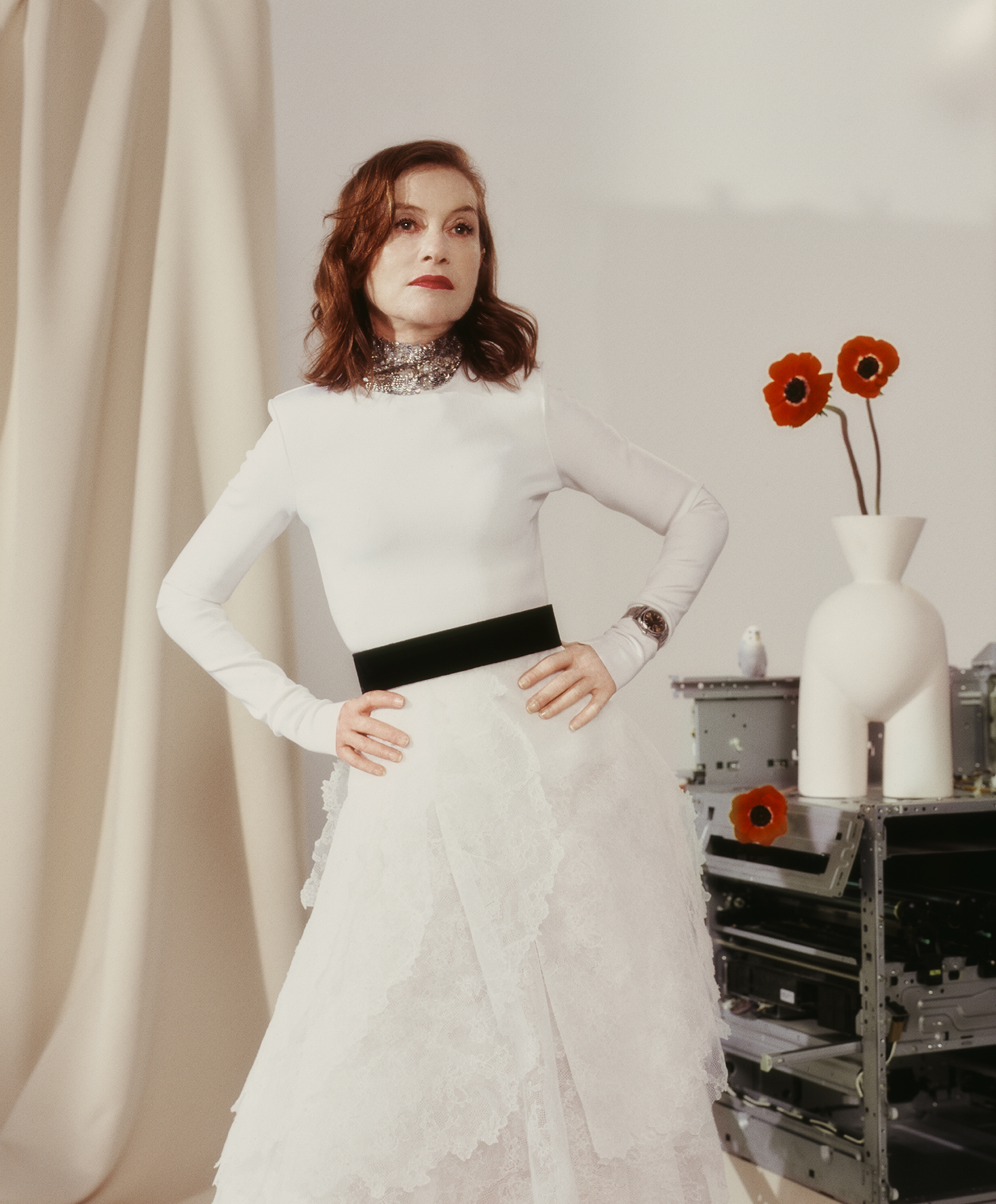
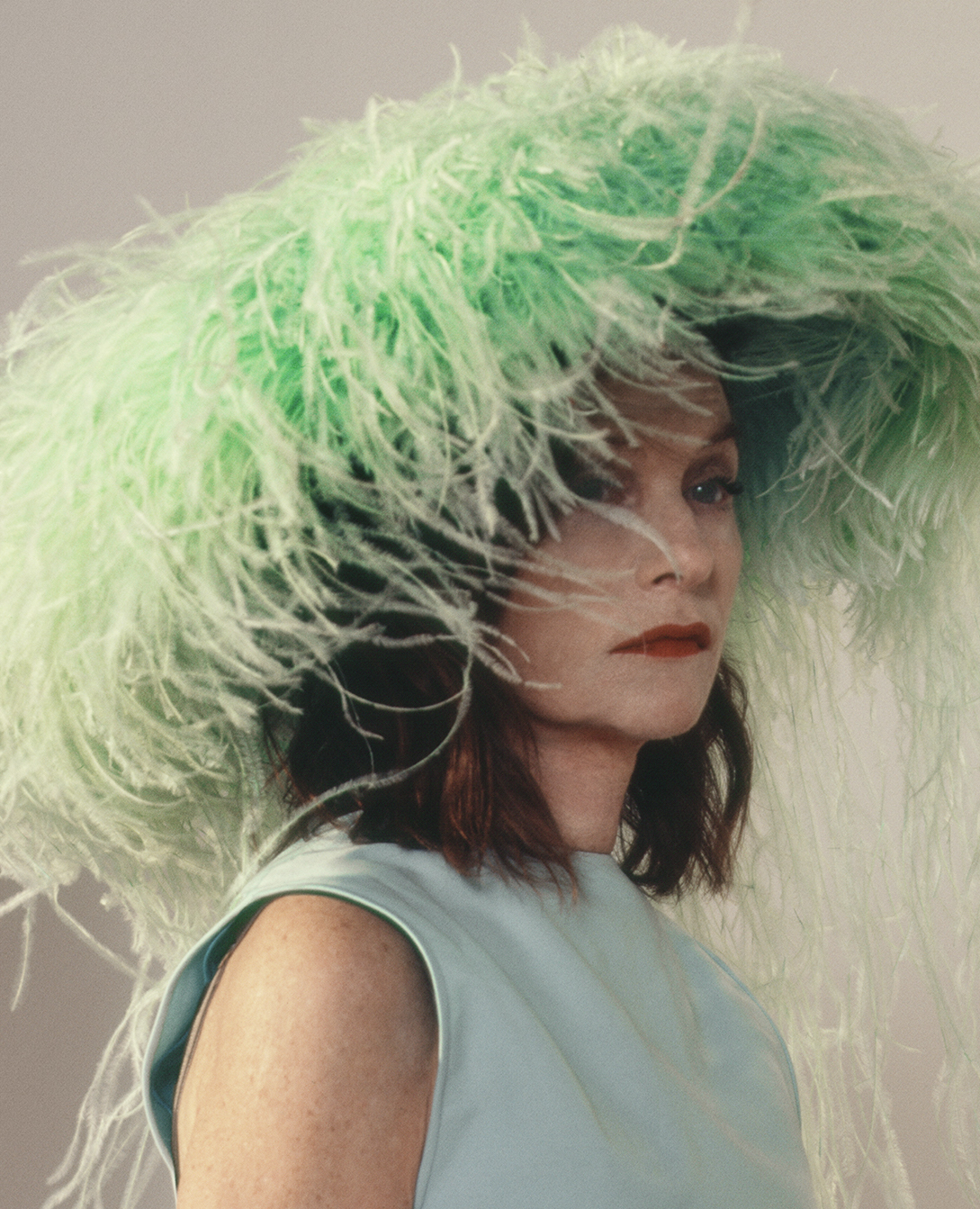
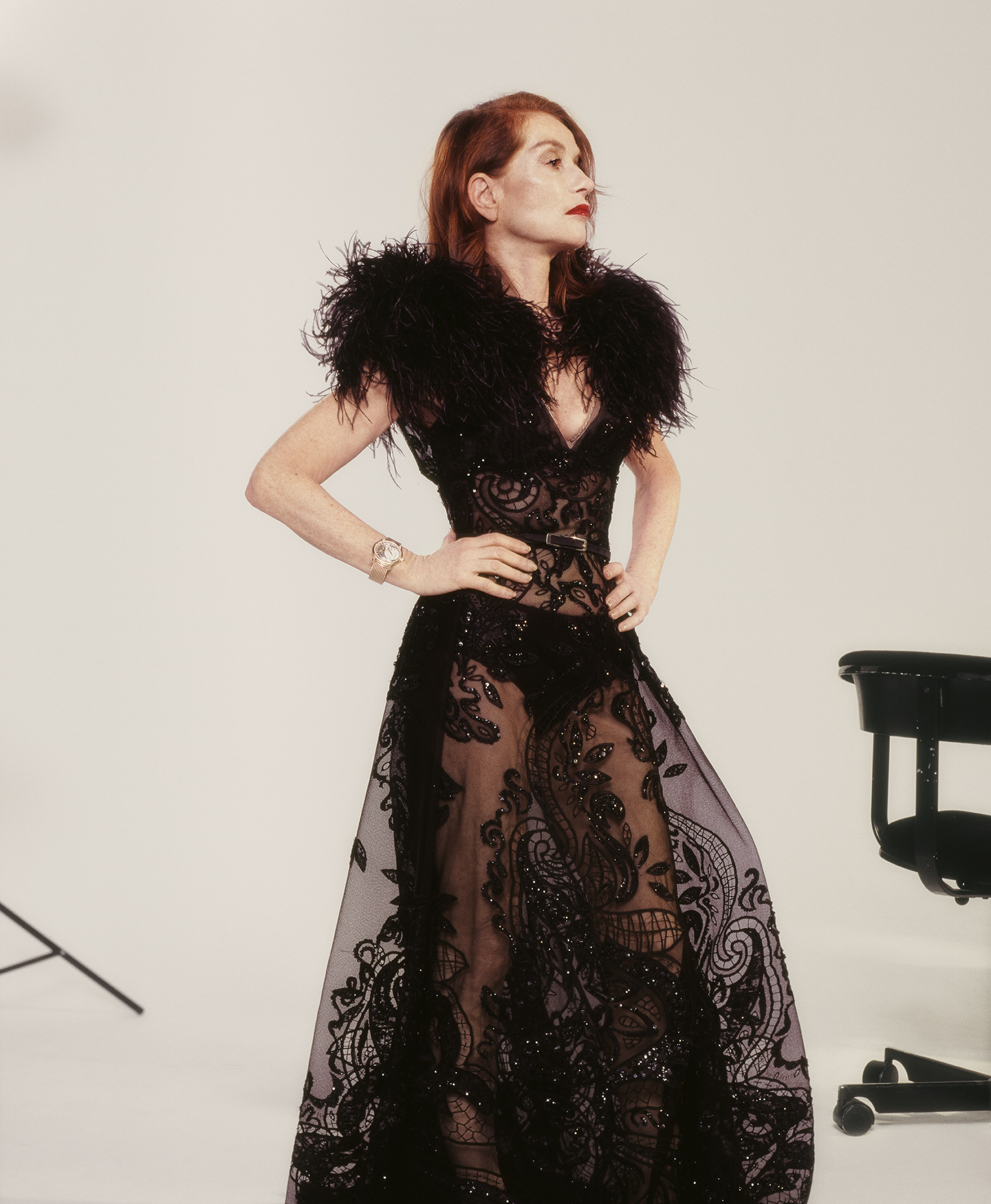
Stylist: Armelle Leturcq
Make-up: Anthony Preel
Hair: Olivier Schawalder
Set designer: Olivia Aine
Photography assistant: Marine Billet
Stylist assistants: Julien Mazzoli and Benjamin Gaeng







